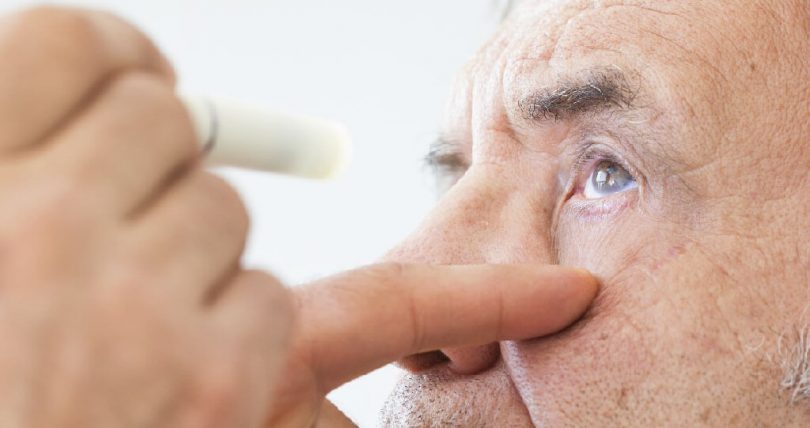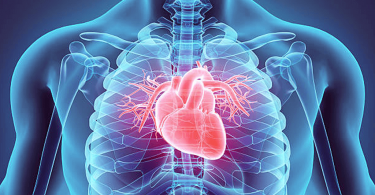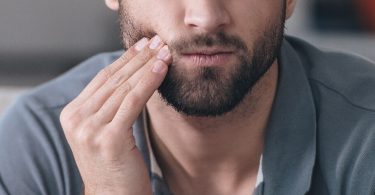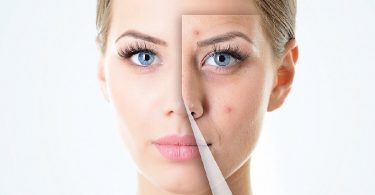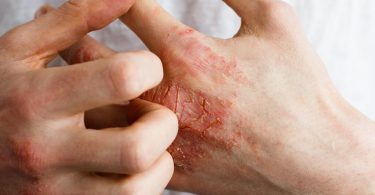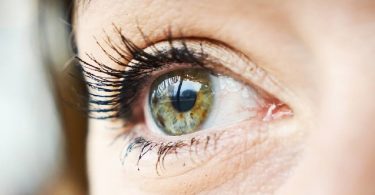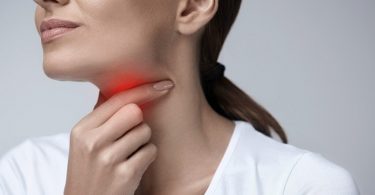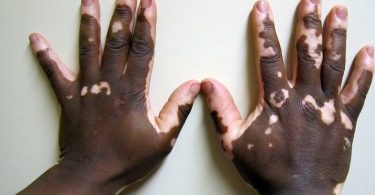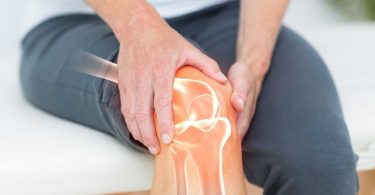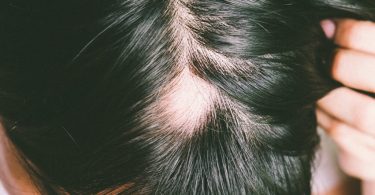A gradual clouding of the lens causes usually cataracts( a drop in a vision ). So, in this article we will talk about : Cataract causes, symptoms and treatment.
Contents
Cataract definition
The cataract results in decreased vision and causes more or less significant discomfort.
Also, it is the number one cause of blindness in the world.
In addition to that, the condition can affect one or both eyes.
Today, surgery corrects the disease very well.
The different types of cataracts
- cataracts in the elderly are the most common. It generally develops from 65 years of age. With age, the symptoms get worse. Excessive consumption of tobacco and and alcohol could help.
- traumatic cataracts in adults appear following an eye attack (shock, blow). Its evolution is often rapid.
- cataracts can also result from an illness or certain prolonged treatments, or represent the complication of high myopia, an eye tumor…
- children’s cataracts are often associated with an illness.
Cataract causes
The cataract is usually due to progressive clouding of the lens (biconvex lens in the eyeball in front of the retina). This lens, located just behind the iris which allows you to focus the images, is normally transparent. By opacifying, it prevents light rays from reaching the eye, and images no longer establish themselves correctly on the retina.
Causes of cataracts
Cataracts can be caused by:
- natural aging of the lens;
- shock, bruising, surgery, inflammation in the eye;
- a disease (serious eye disease, diabetes, rubella (in children), metabolic disease, Down’s syndrome, etc.);
- certain prolonged treatments (corticosteroids, amiodarone (cardiac drug)…);
- the complication of high myopia, an eye tumor…
- genetic anomalies (congenital cataract).
There are also cataracts without specific origin.
Cataract symptoms
The main symptom of cataracts is a gradual decrease in far vision; paradoxically, near vision is generally good.
More rarely, we notice:
- blurred and reduced vision at night or accompanied by intense light;
- discomfort in the light, glare in the sun;
- a perception of halos around light sources;
- white pupils, especially in children;
- double vision, even when we close one eye;
- impaired color vision.
Cataract prevention councils
The prevention of cataracts is based on:
- surveillance of patients suffering from diseases at risk of cataracts or benefiting from treatment whose medicines can cause this pathology;
- wearing sunglasses in the presence of strong light: the sun would contribute to premature aging of the lens;
- stopping the consumption of alcohol and tobacco, which would favor, according to some studies, the occurrence of cataracts.
Cataract exams
A complete ophthalmologic examination without a doubt, is necessary to confirm the diagnosis of cataract.
Cataract treatment
The treatment of cataracts is above all surgical.
The ophthalmologist determines the time of the intervention, generally when the cataract causes real discomfort in the life of the affected subject. Part or all of the lens of the eye is removed and replaced by an implant. Painless, the operation is most often performed on an outpatient basis (without hospitalization) and lasts 20 to 30 minutes. It should be performed on each eye when the cataract touches both eyes.
Most often excellent results for cataract surgery
Doctors generally, prescribe antibiotic and anti-inflammatory eye drops after the operation. For this reason, the results are usually excellent.
The final ability to see in detail returns within a few weeks. It is then necessary to think of modifying the lenses of the glasses if they are kept.
In addition to ophthalmological monitoring, homeopathy can be effective in delaying the progression of the disease.
Homeopathy
Homeopathy can be a complement to ophthalmological monitoring.
To delay the development of cataracts, it is possible to take:
- 1 dose per week of Silicea 15 CH as a 3-month treatment, twice a year;
- 3 granules of Secale cornutum 5 CH, 3 times a day for long-term treatment.
Read also:
Candida: causes, symptoms and treatment
Cellulite: causes, symptoms and treatment
Osteoarthritis: causes, symptoms and treatment

